- JST Home
- /
- Strategic Basic Research Programs
- /
 PRESTO
PRESTO- /
- project/
- Multisensory Integration in Biological Systems/
- [Multisensory Integration] Year Started : 2023
[Multisensory Integration] Year Started : 2023
Takako Ichiki
Elucidating the mechanisms of gut-brain axis using innovative imaging techniques
Grant No.:JPMJPR23S1
Researcher
Takako Ichiki
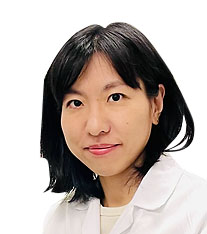
Associate Research Professor
Graduate School of Medical and Dental Sciences
Niigata University
Outline
It remains largely unknown the mechanism of the brain-gut axis which is connected to the central nervous system from the gut via the autonomic nervous system. For example, although inflammatory bowel disease (IBD) and irritable bowel syndrome (IBS) have been shown to cause depression and anxiety disorders, these mechanisms are not yet clear. The purpose of this study is to elucidate the neural mechanism of how pathophysiological stimuli to the gut influence emotional behavior by using originally established in vivo imaging techniques which enable us to observe the visceral sensation inclusively.
Keisuke Ota
Elucidation of neural circuit structures that integrate multisensory information
Grant No.:JPMJPR23S2
Researcher
Keisuke Ota
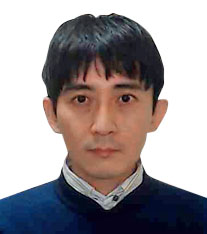
Assistant Professor
Graduate School of Medicine
The University of Tokyo
Outline
It is essential to observe single neuronal activity and identify the underlying neural circuits to understand the mechanisms of information processing in the brain. In this project, a hypothesis of neural circuit structure will be formulated based on the results of large-scale neural activity measurements, which can be further extended to association cortex circuits that integrate multisensory information. Using two-photon excitation microscopy, I record neural activity from the living animal brain and further identify neural circuits at single-cell resolution. This project aims to elucidate the integration mechanisms of multisensory information by testing the proposed hypothesis in the primary sensory cortex and then in the association cortex.
Kazuki Okamoto
Reshaping Brain Lateralization with Multisensory Integration
Grant No.:JPMJPR23S3
Researcher
Kazuki Okamoto
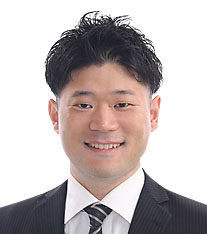
Lecturer
Brain Research Institute
Niigata University
Outline
The brain is a dual structure. Although the left and right hemispheres appear symmetrically located, they exhibit asymmetrical functions. The underlying principles of this asymmetry remain to be elucidated. This study focuses on the experience-based nature of brain circuitry and hypothesizes that the ‘asymmetry in multisensory input’ shapes the brain lateralization. The input balance to both hemispheres will be manipulated, and its impact on the establishment of ‘handedness,’ an example of motor lateralization, will be investigated.
Hoshinori Kanazawa
Multisensory Systems and Attention Mechanisms in Early Behavioral Development
Grant No.:JPMJPR23S4
Researcher
Hoshinori Kanazawa

PRESTO Individual Researcher, Japan Science and Technology Agency
Outline
We process various sensory information such as vision, touch, and muscle contractions and relaxations to guide our actions and behaviors, often without conscious awareness. It is posited that these complex mechanisms for multisensory integration are acquired at an early stage of development. In this study, we aim to understand the process of early multisensory integration in behavioral acquisition by developing infantile multisensory measurements and a behavioral model focused on attention mechanisms. Through this research, we intend to elucidate how attention mechanisms interact with multisensory information to influence actions and behaviors, thereby offering new perspectives on early developmental processes.
Yuji Kawai
Computational studies of movements, cognition, and emotion by whole-brain prediction of the cerebellum
Grant No.:JPMJPR23S5
Researcher
Yuji Kawai

Associate Professor
Institute for Open and Transdisciplinary Research Initiatives
The University of Osaka
Outline
The cerebellum connects to various regions of the cerebral cortex, and its predictive capabilities may contribute to various functions including non-motor functions. This project hypothesizes that the predictive function of the cerebellum is applied to cortical whole-brain dynamics, resulting in stabilizing the dynamics of local regions and achieving coordination between the dynamics of different regions. Using computer simulations, this project elucidates the computational mechanism of the multisensory integration system of the cerebro-cerebellar loop that affects motor, cognitive, and emotional functions.
Michiyo Kinoshita
Neural mechanism for imaging colour based on a plant scent
Grant No.:JPMJPR23S6
Researcher
Michiyo Kinoshita
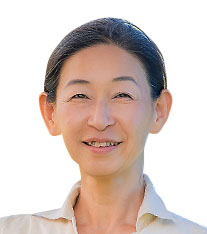
Associate Professor
Research Center for Integrative Evolutionary Science, SOKENDAI
The Graduate University for Advanced Studies, SOKENDAI
Outline
The goal of this project is to understand neural mechanism for integrating color and odor information and adaptively extract color information in the mushroom body of swallowtail butterflies. The mushroom body is a multisensory region in insect brain and has been studied as the center for learning and memory in olfaction. In the mushroom body, the intrinsic neurons receive visual and olfactory information and transfer the processed information to the outputs and inhibitory feedback neurons. I first reveal the neural network in the mushroom body and then the encoding of plant scent and color information in each mushroom body neuron.
Kaoru Seiriki
Multisensory integration orchestrating diversity of stress response and emotional regulation
Grant No.:JPMJPR23S7
Researcher
Kaoru Seiriki
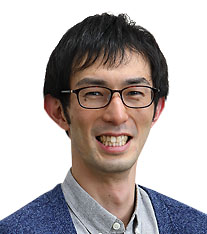
Associate Professor
Institute of Integrated Research, Medical Research Laboratory
Institute of Science Tokyo
Outline
Stress can have diverse effects on brain activity and behavioral choices, depending on the type and intensity of stress. In this study, we examine the neuronal activation patterns throughout the brain and the neuronal dynamics of various cell types elicited by various types and intensities of stress. Our objective is to elucidate how stress information is processed and integrated, and how it subsequently influences physiological responses and emotion-related behaviors.
Takuji Hayashi
Neural interactions between conscious perceptual systems and unconscious motor systems
Grant No.:JPMJPR23S8
Researcher
Takuji Hayashi

Assistant Professor
Graduate School of Education
The University of Tokyo
Outline
In the series of sensorimotor loops by which humans acquire sensory information from the external world and perform actions, two distinct systems, the conscious perceptual system and the unconscious motor system, are thought to be driven simultaneously in the brain. This study aims to elucidate the nature of the divergence between these information processing mechanisms and the neural interactions required to maintain consistency between perception and action.
Shinya Fujii
Research on Multisensory Groove Sensation and its Application to Artistic Musical Expression
Grant No.:JPMJPR23S9
Researcher
Shinya Fujii
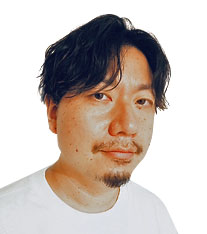
Associate Professor
Faculty of Environment and Information Studies
Keio University
Outline
Listening to rhythmic music often induces spontaneous body movements in humans, whether it’s tapping, clapping, dancing, or simple bodily motions, driven by a sense of pleasure. This response, induced by music and leading to feelings of pleasure and a desire to move, is termed the “groove” sensation. In this study, I investigate the groove sensation as a multisensory system and aim to elucidate the characteristics of rhythmic performances that induce this sensation and develop a technology for automatically generating groove-centric performances. The research findings will be applied to create new forms of musical artistic expressions.
Terufumi Fujiwara
Neural substrate of rapid decision making
Grant No.:JPMJPR23SA
Researcher
Terufumi Fujiwara
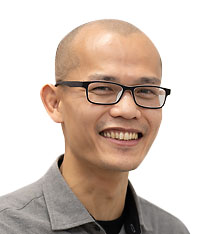
RIKEN Hakubi Research Team Leader
Pioneering Research Institute
RIKEN
Outline
I will adopt three innovative approaches to establish novel behavioral and neural recording paradigms in a powerful genetic animal model, the fruit fly. These renovations make this project distinct from my previous and other works. Using the revised system, this project aims to bring a great advance in understanding neural mechanisms of multisensory-based motor control and rapid decision making.













